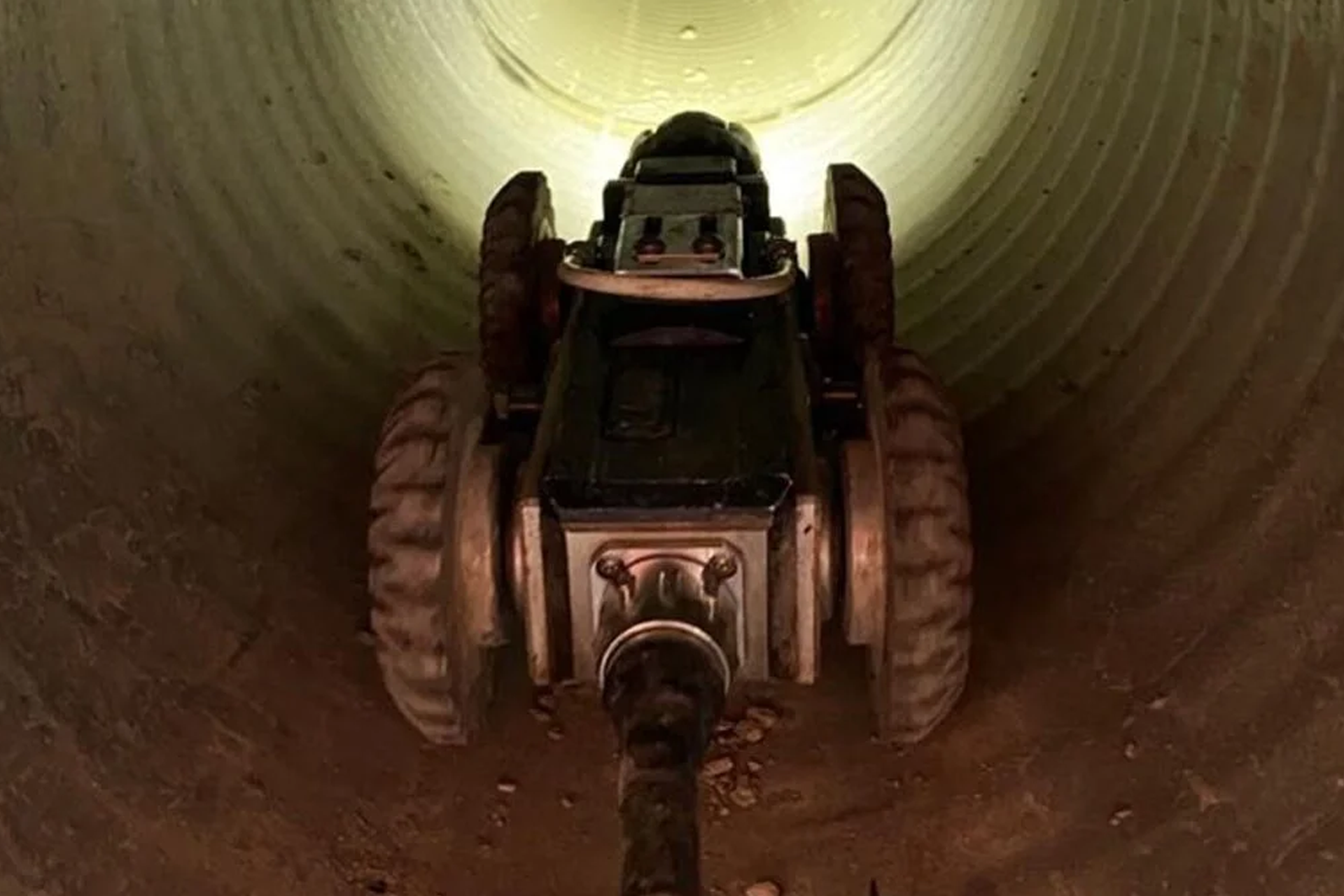The Ultimate Guide To Reclaim Waste
The Ultimate Guide To Reclaim Waste
Blog Article
The 6-Second Trick For Reclaim Waste
Table of ContentsSome Known Details About Reclaim Waste Top Guidelines Of Reclaim WasteExcitement About Reclaim WasteThe 30-Second Trick For Reclaim WasteNot known Facts About Reclaim Waste
Discover the types, occurrences, and kinds of liquid waste. Residential sewage waste describes the waste and items from a domestic septic container. This type of waste is created by people in houses, institutions, and other buildings. This only consists of sewage-disposal tanks that have a drainpipe area. The proper management and disposal of domestic sewer waste call for fluid waste to be moved to a sewage treatment plant where the proper methods and tools are related to purify and throw away waste.
Industrial waste frequently includes possible dangers, such as flammable materials or a mixture of fluid and solid waste items, and requires an advanced and comprehensive disposal procedure. The disposal of business waste commonly involves the purification of waste before transport to guarantee safe and appropriate disposal. Industrial waste is developed from by-products and overflow of industrial processes and manufacturing.
This type of waste can not make use of the very same sewage administration transportation or procedures as septic or industrial liquids. The industrial waste management process needs the examination and testing of liquid waste prior to it undertakes the disposal procedure (liquid waste removal melbourne). Drainage waste is the fluid waste that originates from drainage and excess stormwater in highly populated areas or cities
Overflow waste can cause contamination and flooding otherwise handled effectively. Find out more about sewer cleaning and waste administration. Making sure proper waste administration can stop catastrophes and reduce environmental damage. Both people in property settings and professionals in industrial or manufacturing industries can benefit from comprehending the processes and regulations of liquid waste management.
The 9-Second Trick For Reclaim Waste
Get in touch with PROS Services today to find out about our waste administration and disposal services and the proper means to take care of the liquid waste you generate.
(https://anotepad.com/note/read/pkncyr85)This so-called 'wastewater' is not only a vital resource yet, after therapy, will be released to our land, rivers or the sea. Utilized water from commodes, showers, baths, kitchen sinks, laundries and industrial processes is known as wastewater.

water made use of to cool machinery or clean plant and devices). Stormwater, a kind of wastewater, is overflow that moves from farming and metropolitan locations such as roofs, parks, gardens, roadways, courses and gutters into stormwater drains, after rainfall. Stormwater moves without treatment directly to local creeks or rivers, eventually reaching the sea.
The smart Trick of Reclaim Waste That Nobody is Discussing
In Queensland, many wastewater is dealt with at sewer treatment plants. Wastewater is delivered from residential or commercial websites through a system of sewers and pump stations, referred to as sewage reticulation, to a sewage treatment plant. Local governments construct, keep and operate most sewage therapy plants. Operators are licensed under the Environmental Security Act 1994 to release cured wastewater at an acceptable environmental standard into waterways.
The Department of Natural Resources encourages city governments regarding handling, operating and keeping sewerage systems and therapy plants. In unsewered locations, neighborhood governments may call for owners to set up individual or home sewage treatment systems to deal with residential wastewater from commodes, kitchens, shower rooms and washings. The Division of Natural Resources authorises using home systems when they are verified to be reliable.
In some new communities, therapy of some stormwater to eliminate litter, sand and gravel has begun utilizing gross contaminant traps. Wastewater treatment takes place in 4 stages: Gets rid of solid matter.
Wastewater then flows right into big storage tanks where solids settle and are gotten rid of as sludge. Grease and scum are skimmed from the surface. Makes use of small living microorganisms understands as micro-organisms to damage down and get rid of staying liquified wastes and great particles. Micro-organisms and wastes are incorporated in the sludge. Removes nitrogen and phosphorus nutrients that could cause algal blooms in our waterways and endanger aquatic life.
The Reclaim Waste Statements
Nutrient elimination is not readily available at all sewer treatment plants because it needs costly specialist equipment. Clear fluid effluent produced after therapy might still have disease-causing micro-organisms - liquid waste disposal.

Most wastewater flows into the sewerage system. Under the Act, regional governments provide approvals and permits for eco pertinent tasks (Ages) including wastewater launches that might have a regional impact.
The smart Trick of Reclaim Waste That Nobody is Talking About
Otherwise, samples are taken for laboratory evaluation. Usually numerous examinations are needed to establish the degrees of each of the various contaminants such as oils, hefty metals and chemicals in water. Tracking gives factual info concerning water top quality and can verify that permit conditions are being satisfied. The info gotten via monitoring supplies the basis for making water quality choices.
Report this page